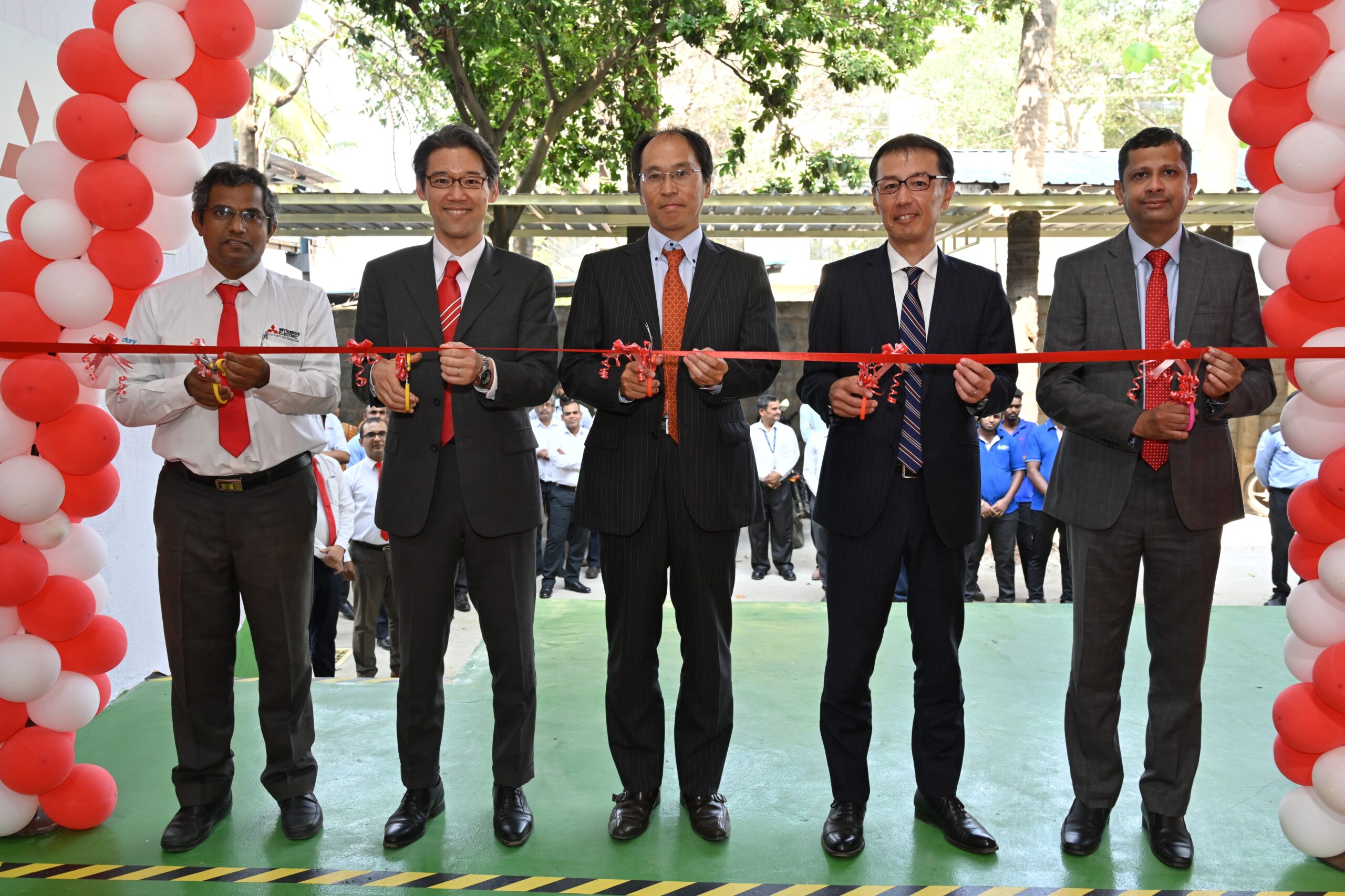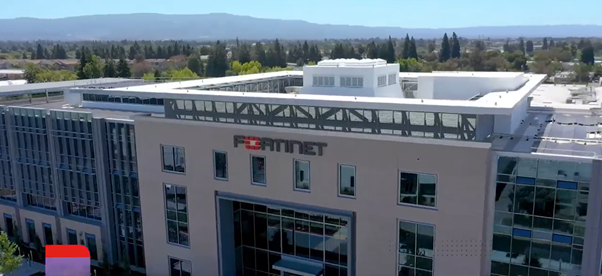The conundrum of Planning & Profit

Plan is worthless, planning is not.
Can we leave planning to one department or individual to achieve twin objectives of Customer Delight and Company Profitability? A difficult task of caring for each customer; making as many a machine can make; and selling all immediately for jacking up profitability. A daunting proposition. This gets further complicated by a business context wherein all the business partners selling their wares, come in various price points, economies of scale, quality, reach and logistics complexity. All of these choices and associations have a varying degree of positive and negative implications for a company.
As the customer-supplier existence comes due to VALUEand subsequent REVANUE(cash), but with an element of prolonged TIME stretch between the upfront cost incurred (Cash outgo) and Revenue (Cash in), it comes to a challenge of mastering all three to get profitability juice flowing in continuously.
Value if factored further is a function of Quality, Quantity, Price (at a relative perception of value). Quality if further factored is Tech specs (objective) and a Feel and Experience (human – subjective) aspects.
Now for simplicity, leaving the entire human aspect of Experience and focusing on the abstract of Quality (Tech specs), Quantity, and a Time lag between “Pre-work for Value” and “Realizing the payment”, means Time is of the utmost importance if Qualityis Assuredand given. For a given time horizon, we know from the time immemorial that “customer end” of the continuum thread will be ever varying while the other end of the thread, connecting us (the company) to a tier 2, 3, 4 supplier bases, has a certain economy of scale constraints and logistics dynamics to name a few.
Let’s look at customers requirement and try to see customer demand trends in a business. A few demands are regular (Runners)covering a major part of business; there is often recurring demands (Repeaters)business for a medium many; and ever there are a few obligatory business demands popping up, once in a while, the Strangers.
Now we need to create an economic path for the above three for a given business context and optimally connect value creation and logistics to rein in profit. Let’s consider each.
Runner
A modular approach to meet customer demand, a standard replenishment system for supply chain supported with efficient inbound and outbound logistics is the way. A dedicated facility and resources will provide regular stream of revenues with highest possible profitability too.
Repeater
With a maze of capabilities and capacities, internal and external, an optimum is drawn to run the business and few challenges are also taken to iron out the constraints by innovations and continuous improvements, so that we are able to realize efficiencies as close to Runner. Here a constraint process may require building an inventory too till situation is changed for better. Quick change overs are critical to meet changing customer requirements.
Stranger – Rare
Now two above leave the rest of supplies which are Rare in nature but need fulfillment. They can be a bit far off from the usual operation or outsourced. These can be also produced during lean time and stocked.
Key Points
1. Building inventory to make up for the swing in quality is a negative of multiple order. Use more resources, produce more, pay more upfront, employ more, more waste disposals, more uncertainty, more shortages and above all customers does not pay for it all, leads to a heavy toll on profitability!
2. Producing more irrespective of customer demand, just to maximize full capacities to reduce per part cost is illusionary. A pile of inventory is known reasons for many business failures. Better to carry out improvements during idle time, to increase productivity and quality in a proactive manner which is for real. Each improvement is a real cash in hand going forward!
3. Excellence in manufacturing is to produce quality product as given, produce in smaller quantities and ship frequently per customer demand, reduce time to respond to variations, run with minimum possible WIP and integrate all actions to run on auto replenishment mode, so that least resources are deployed and whole operation runs on self-managementmode. Use all the talent and time to improve and innovate to remain competitive.
4. A well-designed operation which is set for a given rate of value creation (productivity) is the key. This necessitates a standard system fills which has optimized capacities and inventory throughout and operates in sync with customer order. The decision to run, set pace and stop are embedded in the working and triggered automatically. As lead time for all the suppliers get set (and quality given) and quantity ascertained, users only trigger the supply chain. With engineering set BOM and other standards, the planning for resources gets automated with a decision algorithm. Organizations focus shifts to Business Planning rather than daily tweaking as Production Planning and Control (PPC).
5. Managing disjointed activities and indiscipline through PPC, is by design a cover up for the real issues (at GEMBA). This is not managing/leading where role of each position gets lost in the maze of good intentions.
6. Lean principles challenge us to see through and reset each role for the impact desired.
Even Planning is worthless for a poorly designed and managed business. Getting this right, necessitates building right culture in the company. Quality First and Trust are intertwined. This journey to excellence once started is ever on – don’t take if you are not committed as a leader!





